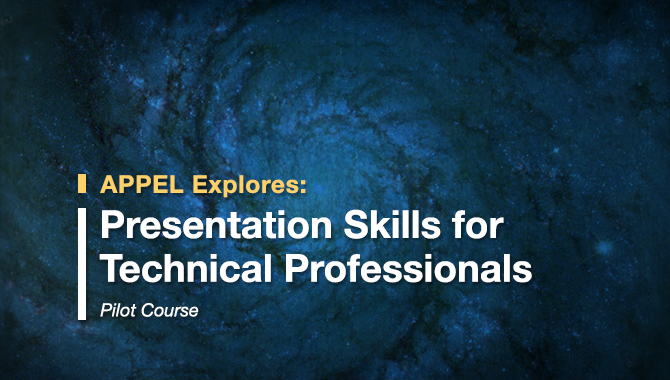
At NASA, presentations are often the means for communicating critical information. A new APPEL course shows people how to maximize the impact of their presentations.

At NASA, presentations are often the means for communicating critical information. A new APPEL course shows people how to maximize the impact of their presentations.
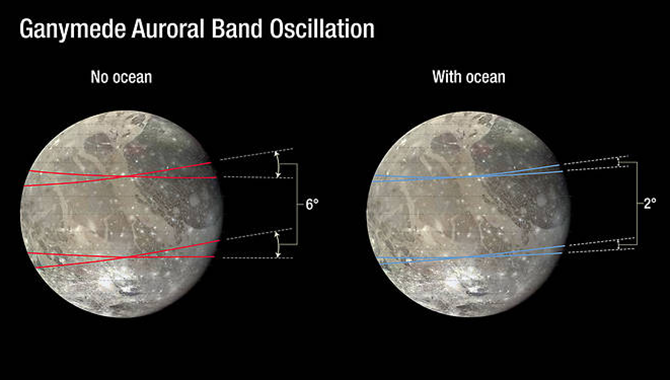
Long relied on to provide an unobstructed view of the universe, the Hubble Space Telescope (HST) recently turned its gaze inward—with ground-breaking results.
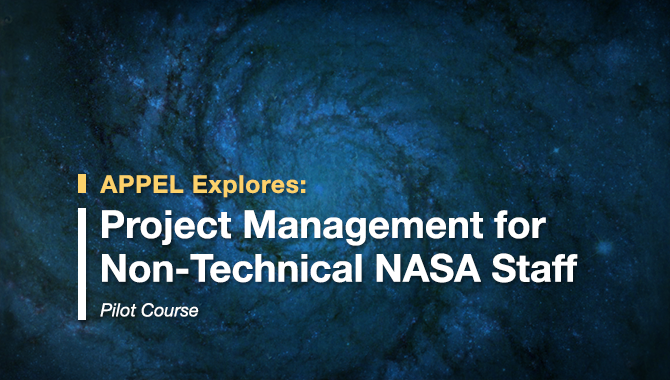
The people who manage NASA’s missions rely on project management techniques to do their jobs. Now an APPEL course brings those skills to a whole new NASA audience.
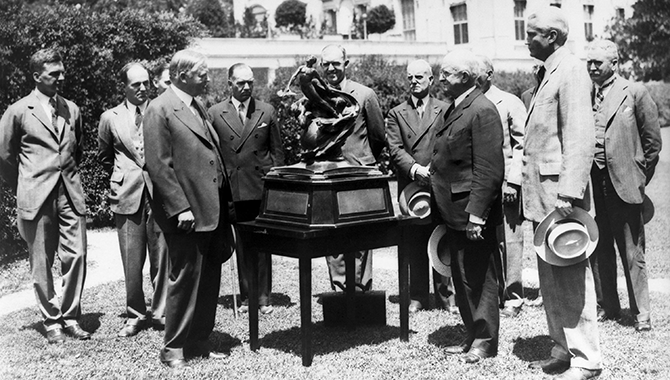
One hundred years ago this month, NASA’s predecessor—the National Advisory Committee on Aeronautics (NACA)—was established.
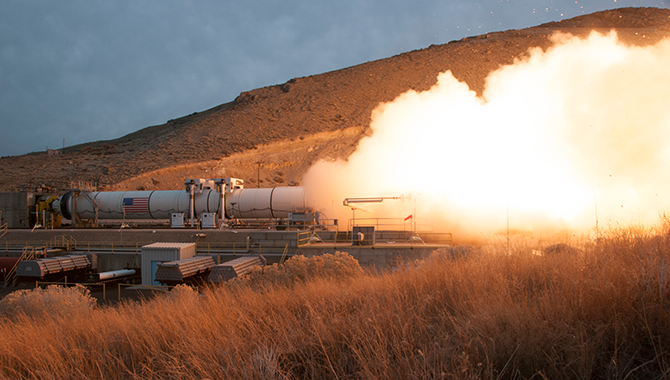
As NASA celebrates the centenary of its predecessor, the National Advisory Committee for Aeronautics (NACA), the agency marks a major milestone along the journey to Mars.

To help scientists better understand and address planetary climate change, NASA’s Earth-observing fleet has grown by 25% in the past year.
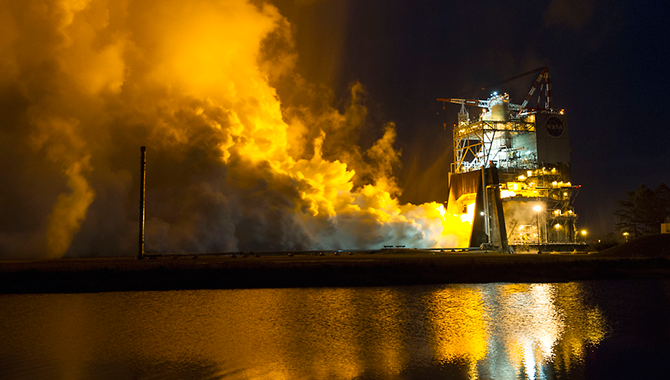
The Space Launch System (SLS), NASA’s powerful new heavy lift launch vehicle, incorporates elements from some of the agency’s most successful past programs.
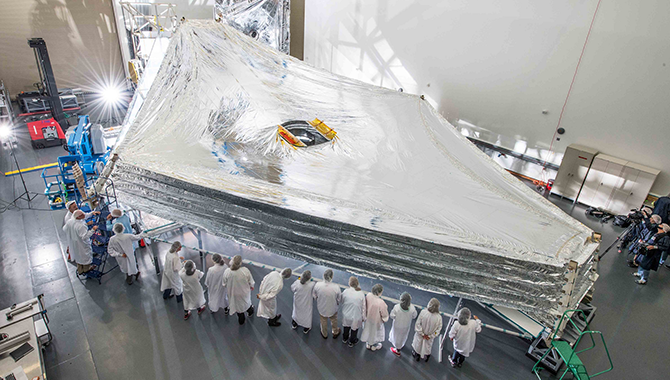
With less than four years until launch, the Government Accountability Office (GAO) advises further cost risk analysis for the James Webb Space Telescope (JWST).
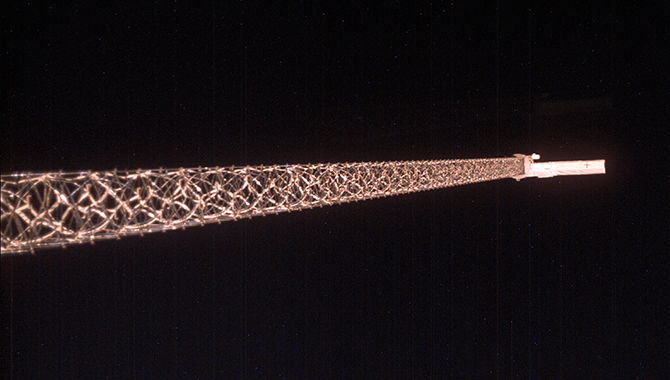
Fifteen years ago this month, Endeavour (STS-99) overcame launch delays and on-orbit challenges to capture Earth’s topography in unprecedented detail.